Climate Change
Rising Antarctic ice melt will dramatically slow global ocean flows, study finds
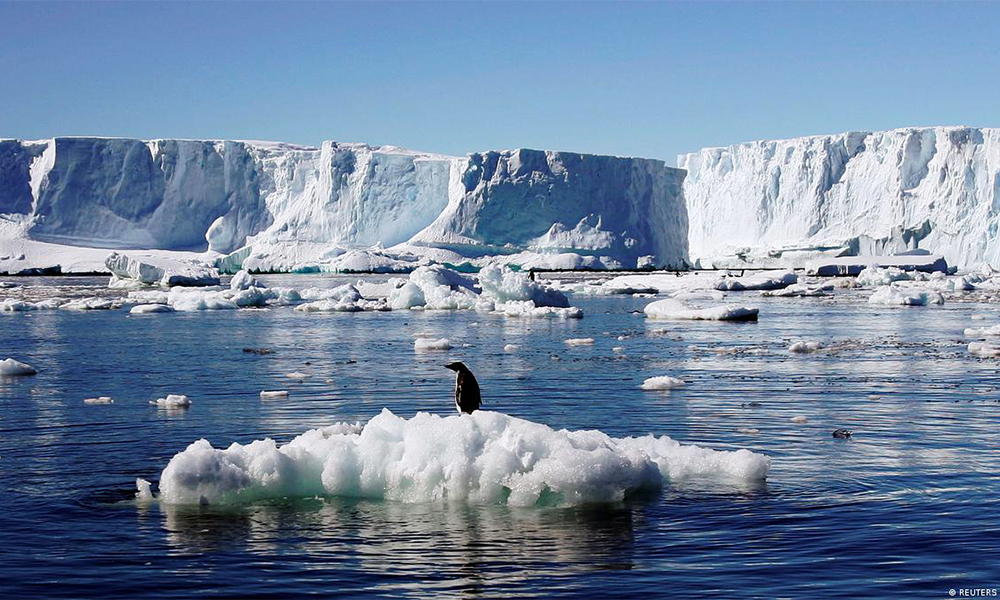
Rapidly melting Antarctic ice is dramatically slowing down the flow of water through the world's oceans, and could have a disastrous impact on global climate, the marine food chain and even the stability of ice shelves, new research has found, Reuters reported.
The "overturning circulation" of the oceans, driven by the movement of denser water towards the sea floor, helps deliver heat, carbon, oxygen and vital nutrients around the globe.
But deep ocean water flows from the Antarctic could decline by 40% by 2050, according to a study published on Wednesday in the journal Nature.
"That's stunning to see that happen so quickly," said Alan Mix, a paleoclimatologist at Oregon State University and co-author on the latest Intergovernmental Panel on Climate Change assessments, who was not involved in the study. "It appears to be kicking into gear right now. That's headline news."
As temperatures rise, freshwater from Antarctica's melting ice enters the ocean, reducing the salinity and density of the surface water and diminishing that downward flow to the sea's bottom, read the report.
While past research has looked at what could happen to similar overturning circulation in the North Atlantic - the mechanism behind the doomsday scenario that would see Europe suffer from an Arctic blast as heat transport falters - less has been done on Antarctic bottom water circulation.
Scientists relied on around 35 million computing hours over two years to crank through a variety of models and simulations up to the middle of this century, finding deepwater circulation in the Antarctic could weaken at twice the rate of decline in the North Atlantic.
"They are massive volumes of water... and they are bits of the ocean that have been stable for a long time," said study co-author Matthew England, an oceanographer at the University of New South Wales, in a news briefing.
The effect of meltwater on global ocean circulation has not yet been included in the complex models used by the IPCC to describe future climate change scenarios, but it is going to be considerable, England said.
Ocean overturning allows nutrients to rise up from the bottom, with the Southern Ocean supporting about three-quarters of global phytoplankton production, the base of the food chain, said a second study co-author, Steve Rintoul.
"If we slow the sinking near Antarctica, we slow down the whole circulation and so we also reduce the amount of nutrients that get returned from the deep ocean back up to the surface," said Rintoul, a fellow at Australia's Commonwealth Scientific and Industrial Research Organisation (CSIRO).
The study's findings also suggest the ocean would not be able to absorb as much carbon dioxide as its upper layers become more stratified, leaving more CO2 in the atmosphere, Reuters reported.
The study showed that warm water intrusions in the western Antarctican ice shelf would increase, but it did not look at how this might create a feedback effect and generate even more melting.
"It doesn't include the disaster scenarios," said Mix. "In that sense, it's actually kind of conservative."
Climate Change
COP29 climate talks: What is needed for a deal by Friday’s deadline?
The talks, which began on Nov. 11, are due to end on Friday at 2pm but COP summits have a history of running long,
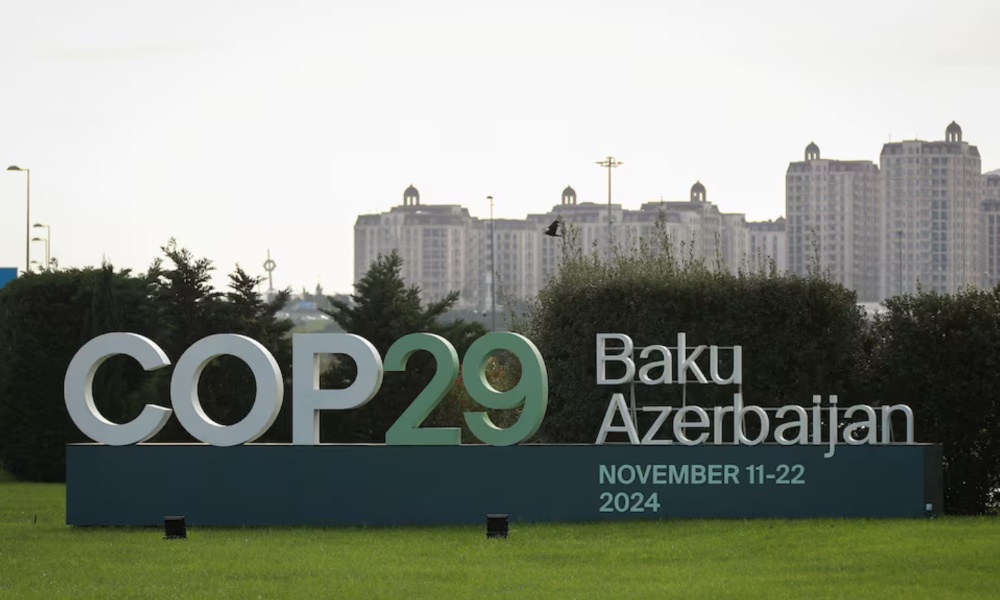
Marathon COP29 climate talks enter their final stretch on Wednesday when the Azerbaijani hosts are due to publish an update on negotiations so far as the summit seeks to agree a new goal on issues including climate finance.
The talks, which began on Nov. 11, are due to end on Friday afternoon but COP summits have a history of running long, Reuters reported.
Below is a breakdown of the known sticking points and what happens next:
DRAFT TEXTS
Officials spent the first week trying to agree to deals across a range of different issues including finance, carbon markets, the future of fossil fuels and efforts to mitigate the rise in global temperatures.
Now, the outstanding items have been handed over to ministers so they can use their political clout to try to get agreements across the line.
The next steps are about trying to whittle down draft texts containing a huge range of wording options into a final document that can be adopted by consensus at the end of the summit.
Draft texts will be published periodically by the Azerbaijani presidency as they zero in on an acceptable deal.
CLIMATE FINANCE GOAL
The primary aim of COP29 is to agree a new target for how much money should be provided to developing countries to help them adapt to climate-fuelled weather disasters and transition to cleaner energy systems.
A previous goal to provide $100 billion per year expires in 2025. The new goal needs to be $1 trillion annually by the end of the decade, according to experts.
The focus in the negotiating rooms has been on defining the structure of a new target, including what counts as climate finance and who needs to pay in. Only once that is agreed are parties expected to start talking about the size of the target.
Issues to iron out include whether countries such as China should be counted among the richer core donors, and the degree to which countries should provide finance in the form of grants or loans.
A text has been scheduled for publication on Wednesday evening.
FOSSIL FUELS
Countries have so far struggled to agree on the right way to follow up on a deal at last year's summit to transition from fossil fuels.
European states want to see that commitment referenced throughout any deal at Baku to reinforce the importance of following through with firm action. Others, including the Arab Group of states, argue it does not need to be.
If past COPs are anything to go by, the moment any deal text is published, delegates will be searching for the phrase "fossil fuels" to see if there is any sign of backsliding.
CARBON MARKETS
Talks in Baku began with an early deal on some of the quality standards that would govern a global market for carbon credits, but there is still much to be agreed on, including how to track trades and disclosure rules.
If fully agreed, market watchers expect a U.N.-backed global market could fund billions of dollars of projects that reduce greenhouse gas emissions from projects such as reforestation.
Scrutiny of the details is intense amid concern that without watertight regulation carbon credits may not deliver the benefits they claim.
FINAL HOURS
COPs rarely finish on time. COP28 in Dubai closed almost a full day after the initial deadline; COP27 in Egypt overran by around 36 hours.
In the final hours, delegations consult intensively in private with the presidency on the proposed deal, often through the night, in search of something that can be adopted by consensus.
Once finalised, every country is called to the main hall to begin an hours-long process of formal approval.
Climate Change
Toxic smog persists over India’s north; Delhi pollution remains severe
India battles air pollution every winter as cold, heavy air traps dust, emissions, and smoke from farm fires started illegally in the adjoining, farming states of Punjab and Haryana
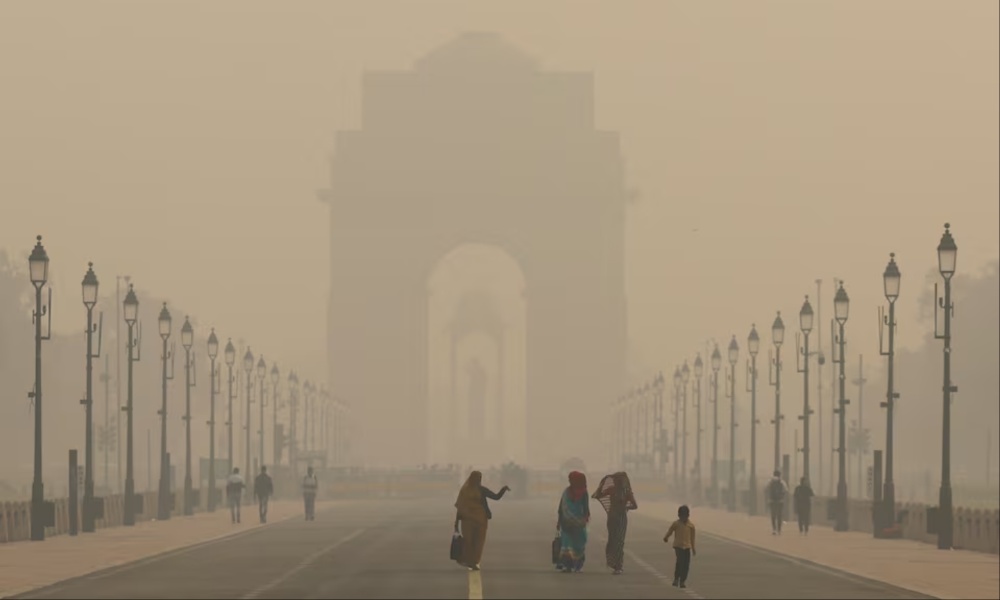
Residents in India's northern states woke up to another day of poor air quality on Tuesday, as a layer of dense fog shrouded most of the region, and pollution in the capital Delhi remained severe.
India battles air pollution every winter as cold, heavy air traps dust, emissions, and smoke from farm fires started illegally in the adjoining, farming states of Punjab and Haryana.
The air quality index (AQI) touched a peak of 491 in Delhi on Monday, forcing the government to introduce restrictions on vehicle movement and construction activities, and schools to conduct classes online.
On Tuesday, Delhi's 24-hour air quality index (AQI) reading was at 488 on a scale of 500, India's Central Pollution Control Board (CPCB) said, and at least five stations in the capital reported an AQI of 500, Retuers reported.
CPCB defines an AQI reading of 0-50 as "good" and above 401 as "severe", which it says is a risk to healthy people and "seriously impacts" those with existing diseases.
Swiss group IQAir ranked New Delhi as the world's most polluted city with air quality at a "hazardous" 489, although that was a significant improvement from Monday's 1,081 reading.
Experts say the scores vary because of a difference in the scale countries adopt to convert pollutant concentrations into AQI, and so the same quantity of a specific pollutant may be translated as different AQI scores in different countries.
India's weather department said a shift in the fog layer towards the northern state of Uttar Pradesh had helped improve visibility over Delhi.
Visibility dropped to zero metres in Uttar Pradesh's capital Agra, which lies southeast of Delhi. The Taj Mahal, India's famed monument of love, has been obscured by toxic smog for nearly a week.
The strict measures to mitigate the impact of high pollution have hurt production at more than 3.4 million micro, small and medium enterprises in the nearby states of Punjab, Haryana and Delhi, local media reported.
Climate Change
Pakistan’s Punjab shuts construction and schools, and lockdown looms to fight smog
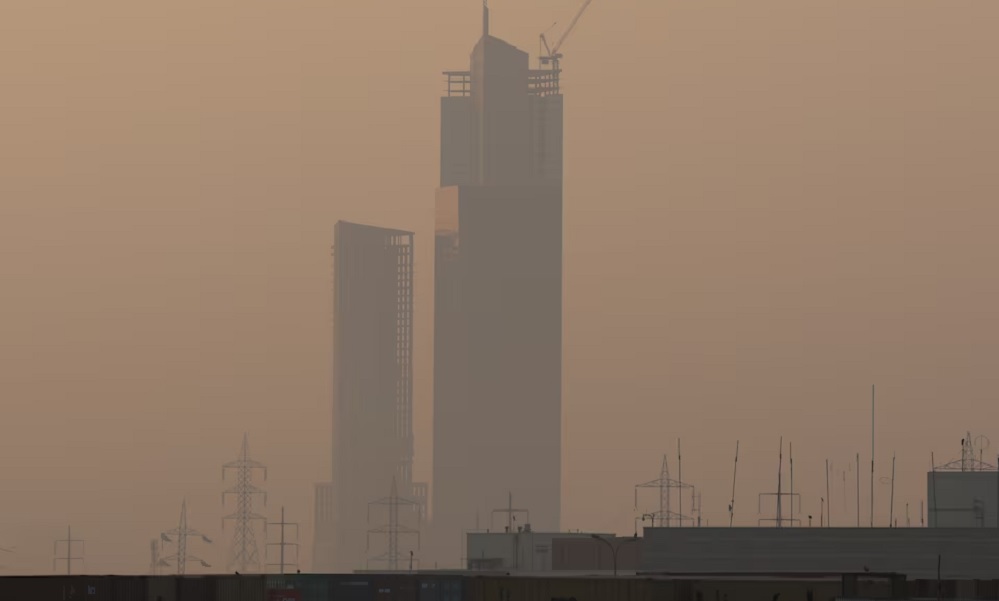
Pakistan's Punjab declared a health emergency due to toxic smog on Friday, banning construction, shutting schools for another week and moving universities online, with a three-day lockdown possible, the province's senior minister said on Friday.
Punjab battles toxic smog every winter as cold air traps dust, emissions, and smoke from illegal stubble burning on fields. Air quality has deteriorated drastically in recent weeks and the province's capital Lahore currently ranks as the world's most polluted city, says IQAir.
"A complete lockdown will be enforced on Friday, Saturday, and Sunday (next week) if the situation does not improve by Wednesday," said Punjab Senior Minister Marriyum Aurangzeb, addressing a press conference in Lahore.
Citizens were advised to stay indoors. Air Quality Index (AQI) readings in Lahore reached 637 at 3 p.m. (1000 GMT), according to Swiss group IQAir, significantly higher than levels recommended by the World Health Organization.
The government had ordered the closure of construction, brick kilns, and furnace-based plants in Lahore and the city of Multan, the minister said.
Punjab's government had last week ordered schools to close until Nov. 17, and on Friday the shift to online learning was extended for another week. Colleges and universities will also shut down, moving to virtual classes.
The eastern province has already banned entry to parks, zoos, playgrounds and other public spaces.
South Asia faces severe pollution each year due to trapped dust, emissions and stubble burning - the practice of setting fire to fields after the grain harvest.
Punjab has blamed this year's particularly high pollution levels partly on toxic air flowing from neighbouring India, where air quality has also reached hazardous levels.
India's capital of New Delhi, the world's most polluted capital city, banned all non-essential construction, moved younger children to virtual classrooms and asked residents to avoid using coal and wood from Friday to combat increasing air pollution.
New Delhi's air quality level reached 539 on Friday, according to live rankings by IQAir, the worst amongst global capitals.
-

 Sport5 days ago
Sport5 days agoFIFA unveils Innovative Club World Cup Trophy ahead of new tournament in 2025
-

 Sport4 days ago
Sport4 days agoAbu Dhabi’s thrilling T10 tournament just days away
-

 World4 days ago
World4 days agoBiden allows Ukraine to use US arms to strike inside Russia
-

 Sport4 days ago
Sport4 days agoAfghanistan beat UAE by 169 runs in U19 tri-series
-

 Latest News3 days ago
Latest News3 days agoTajikistan trumps Afghanistan 3-1 in football friendly
-
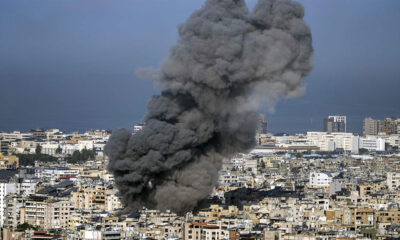
 World3 days ago
World3 days agoLebanon, Hezbollah agree to US proposal for ceasefire with Israel, Lebanese official says
-

 Latest News4 days ago
Latest News4 days agoTwo Afghan diplomats posted to Germany under former government resign
-

 Latest News4 days ago
Latest News4 days agoChina’s envoy says Beijing never interferes in Afghanistan’s internal affairs
























